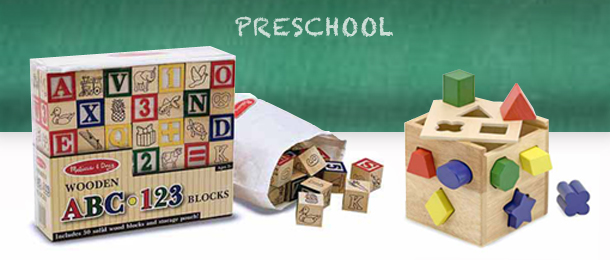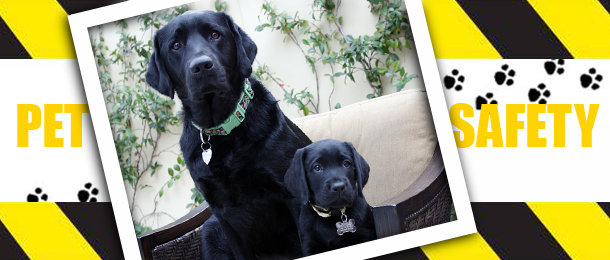
by Theof | Jul 3, 2012 | 3, Education
When people come tour my preschool I am frequently told by the parents that their child is reading at a second grade level; then asked what are your teaching the children? Upon entering a yard under the shady of a Chinese Elm you can see children coming in, finding an...

by Theof | Apr 27, 2012 | 2, Canine Corner
I was recently at my vet’s office, Parkview Pet Clinic in Glendale, and saw a flyer printed by the ASPCA which read, “101 things you didn’t know could harm your pet”. I consider myself to be pretty cautious and careful with my two Labs but I was interested to see if I...

by Theof | Jan 20, 2012 | Education, Featured, Featured Left
As a preschool director I find one of the most important things I can do is to understand parents. And at the same time I find it can be one of the hardest things to do. While I am a parent my children are grown. I have a different perspective having gone through...

by Woodlander | Oct 7, 2011 | Featured Left, Real Estate
It was late 2005 when it finally hit us: Our son, an 8th-grader at Wilson Middle School in Glendale, was fast approaching The High School Years. It just sort of snuck up on us. When we moved to Southern California from the Midwest in 1998, my wife and I chose...




